Many drivers (and beginners, and experienced) quite often ask a question - what are the revisions better ride? Since the opinions of supporters of various ride styles are significantly different, in this article we will try to determine the only right driving style, which will help save the engine long kilometers before its overhaul.
Content
- Economy mode what is the mode
- Low engine revolutions, negative speeds of low revs
- High engine speeds, negative moments when driving with turns above 4500 rev / minute
- On which turns ride, or optimal engine speed
- Middle speed ride indicators (2800-4500 rpm)
- Tips Profi, what to pay attention to while driving and what it means to hear the engine
Economy mode what is the mode
The first and most important rule ride in economy mode is to avoid dynamic accelerations and high speeds. In order not to burn the fuel into the fuel, you should get used to the dimension set of speed and "stimulate" the engine to work more in economy mode - at 2000-3000 revolutions per minute, when the specific consumption of fuel in most motors is minimal.
When overclocked, it should be softer to press the gas pedal. Any sudden podgazazov is not recommended - on the track it is necessary to maintain constant speed. To enable the following transmission, you do not need to unwind the engine to high revolutions - it is enough to switch to optimal (medium) revolutions. To reduce the fuel consumption during a slowdown, it is necessary to move as long as possible on increased gears.
In the city it is better to move, avoiding vehicle stops. Tortcation is the most uneconomical movement mode, which is desirable to avoid whenever possible.
Remember that the motor in the warm-up mode consumes twice the fuel, rather than at operating temperature. Therefore, it is better to reduce the time to warm up the power unit on a worthwhile car - it is advisable to start moving as soon as possible after starting.
However, to apply the rules of economical driving is necessary with the mind, to avoid creating noise to other road users.
Low engine revolutions, negative speeds of low revs
Two types of internal combustion motors are distinguished:
- Pacific (for example, Moskvich 2141).
- High-breeding (from classic and to grants or priors).
The first version of the engine is fatty. It is not designed not to spin the motor to achieve high speed, but on the craving. Slow-in DVS are similar to diesel types. The maximum torque (for gasoline type) is achieved on small revolutions (about 2500 revolutions per minute).
For high-breasted power units, the peak of the torque is achieved in the range of 3500-4500 revolutions per minute. Thus, the vehicle is better pulling on large revs.
With the operation of a highly restored type of motor on small revolutions, the following happens:
- Oil starvation. On small circulation, the oil pump serves a low-level oil when the bearings (crankshaft liners) work under a large load. As a result of low oil pressure, rubbing motor elements are poorly lubricated, as a result of which they begin to rub each other, which leads to overheating and encourage key engine mechanisms.
- In the combustion chamber is formed by Nagar. Fuel does not completely burn, nozzles and candles clog.
- The camshaft operates under load. Pistons fingers begin to knock.
- Detonation occurs, that is, the fuel explodes earlier than necessary (self-ignition), an increase in the load on the piston group occurs. The motor heats over and twitch.
- There is an increase in the load on the transmission. The gearbox is poorly lubricated and forced to work under load, as a result of a "swarm".
- Weak pickup on the road. If a dangerous situation occurs, it is unrealistic quickly quickly.
- Increases fuel consumption. To speed up on low revs, it is necessary to press the gas pedal is much stronger than when the motor would be worked out, therefore there is an additional enrichment of the mixture and a high fuel consumption.
High engine speeds, negative moments when driving with turns above 4500 rev / minute
Many drivers, learning about the shortcomings of the movement at low revs, are approved in the opinion that it is necessary to ride only at high speeds, that is, with the number of engine revolutions more than 4500 per minute. This mode of operation of the power unit also has several drawbacks:
- With a constant movement on high revs, the lubrication system of the motor elements and its cooling is forced to work without a stock, resulting in a defective thermostat or outside the radiator may cause excavating indicators of the motor temperature.
- When driving on large circulation, lubricating channels are clogged pretty quickly, which together with the use of low-quality oil (and a high-quality lubricant uses few people), leads to "grab" inserts, which in the future can lead to camshaft exit.
On which turns ride, or optimal engine speed
The experts in the automotive sphere converge in the opinion that the optimal mode for the operation of any "engine" is the number of speeds of 0.35-0.75 from the maximum speed for this motor - it is when moving in this mode that the motor will produce the best wear-resistance indicators. If the car is just purchased, that is, it passes the running, you do not need to accelerate the motor greater than 0.65 from the maximum speed of the power unit.
Middle speed ride indicators (2800-4500 rpm)
Main motion factors for medium turnover:
- Fuel burns completely, the cylinders are not formed in the cylinders.
- The accelerator pedal is less pressed, therefore, the fuel consumption is also less.
- You can easily dial the speed.
- Motor operates without loads.
In order for the motor to be in the "form", to spin it up to maximum revolutions is sometimes useful for self-cleaning from the nagar in the cylinders.
Tips Profi, what to pay attention to while driving and what it means to hear the engine
Riding on medium turnover is the most acceptable. In general, it is necessary to hear the engine and feel craving. If the gas pedal is released and you get down from the slide, the turnover of 1500-2000 is not harmful, since the engine does not work "in the latitude".
Related Materials
- Stove 2110, bad warm stove 2110, VAZ 2110 heating system, repairing the heating system VAZ 2110 with their own hands
- VAZ 2114 stove blows with cold air, stove 2114, bad warm stove VAZ 2114, device and repair of heating VAZ 2114 do-it-yourself, removing the stove VAZ 2114
- How to subdominize the car. How to put a jack. Types of jacks for cars.
- VAZ 2109 Fuse Block, VAZ 2109 Fuse Block Carburetor, VAZ 2109 Fuse Block Injector, Old VAZ 2109 Fuse Block, VAZ 2109 Fuse Block, VAZ Fuse Block 2109
- Car exhaust gas catalyst, faulty catalyst, pluses and cons of the catalyst, how to change the catalyst on the planeencitel
- Stove blowing cold air VAZ 2114, badly blowing the stove VAZ 2114, why badly blowing the stove VAZ 2114
- How to find out the owner of the car by the number of his car, check the car by the number of the traffic police machine, check the car by the state number of the car for free
- How to choose Used tires, Useful Tips
- Winter car road, pressure in passenger car tires in winter, good battery for the car in winter, whether to warm the car in winter
- In winter, the car is poorly started. How to make a car in winter, do you need to warm up the car in winter, useful tips
- Economy fuel consumption machines, the most economical car consumption
- Tires brands for passenger cars, labeling of car tire labeling, residual passenger car tire protector, how to pick a tire on a car brand, car tire tread pattern
- Working transmission operation, mechanical gearbox clutch work, driving with manual gearbox, useful tips
- Rear beam Peugeot 206 sedan, rear beam device Peugeot 206. Rear beam Peugeot 206 Malfunction, repair of the rear beam Peugeot 206
- Diesel fuel in winter, additive for diesel fuel in winter, how to choose the best diesel fuel
- Diesel winter does not start. How to start diesel in winter, heating diesel in winter.
- Japanese bridgestone tires, winter studded bridgestone tires, bridgestone tires brand
- Tire marking decoding for passenger cars, labeling wheels, how to choose the right tires on the disks
- Diesel engine in winter, launch of the diesel engine in winter, what oil to fill in a diesel engine in winter, useful tips
- LED backlight of the car, the backlight of the bottom of the car, the backlight of the legs in the car, the backlight in the door of the car, the backlight of the car is fine
- Recovered tires, bus tire, restored tire protector, can I use them
- Choose winter tires, which is a winter tires, which pressure in winter tires should be marked with winter tires, how to choose the right winter tires, the best winter tires 2019
- Steering rail rail, knock of steering rack, reasons for the knock and repair of the steering rack do it yourself
- Cameless car tires, a set for repair of tubeless tires, repair of the cannon-free tire do it yourself
- Russian tires, Russian tires Winter, Russian All-season tires, Voronezh AMTEL tires, Tires "Matador Omsk Tire", Kama-tires are world-class bus
- How to open a car without a key. Lost the key from the car what to do, the key from the car inside the car
- Silent tires, quiet winter tires, quiet studded bus, which tires to choose, overview tires
- Tires and safety, safety of the bus, why it is necessary to constantly monitor car tires
- Rules of safe driving of the car in the rain and slush, safe driving of the car for beginners
- Rust converter which is better for cars, rust converters to choose how to use rust transducer, professionals
- Polishing the body of the car do it yourself, how to choose a polishing paste, useful tips
- Engine durability, engine life, how to extend engine life
- Knock in the car. Knock when moving the car. What can knock in the car. How to determine the cause of the knock.
- ABS car, what is ABS car, ABS system malfunction, ABS diagnostics
- Overtaking a car when you can start overtaking a car, rules of traffic rules
- Fuel pump VAZ 2110, VAZ 2110 gas station scheme, VAZ 2110 fuel pump device, VAZ 2110 gas station repair,
- Automotive antennas for radio, automotive antenna device, car antenna do it yourself
- Front suspension Kalina, device front suspension Kalina, knock in front suspension Kalina, repair of front suspension Kalina
- Shock absorber Oil, best oil shock absorbers, pumping oil shock absorbers, how to properly pump oil shock absorber
- Clutch malfunctions, touches clutch, causes a clutch malfunction, how to eliminate
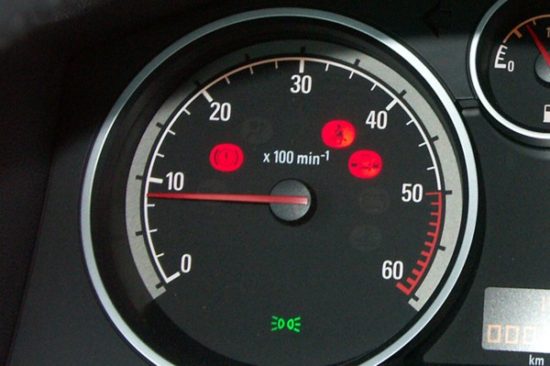
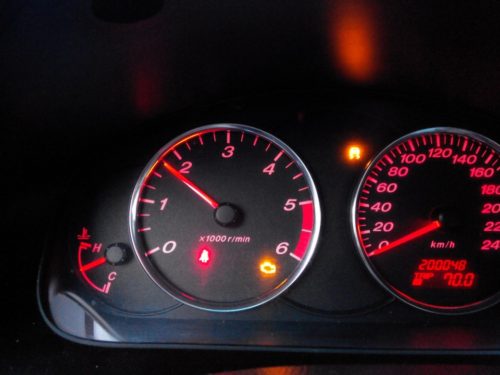
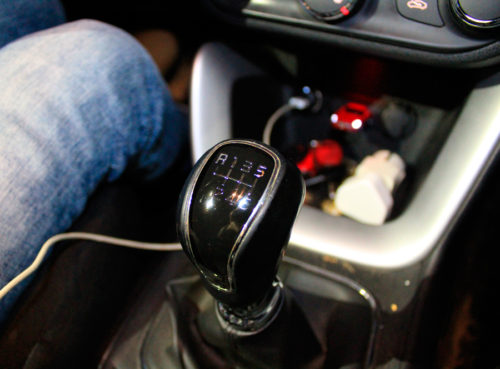

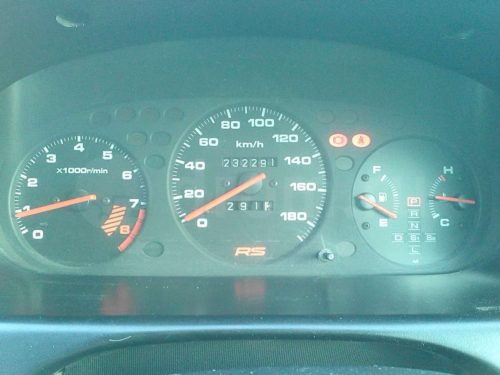
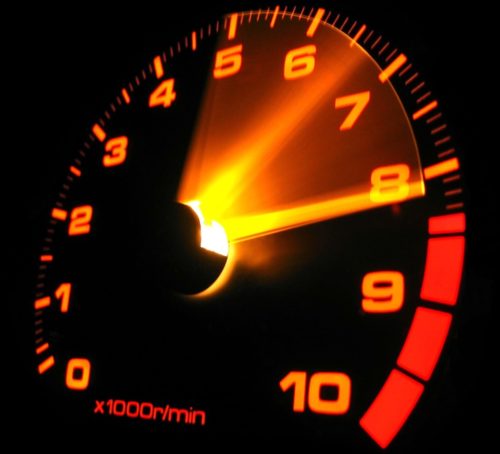
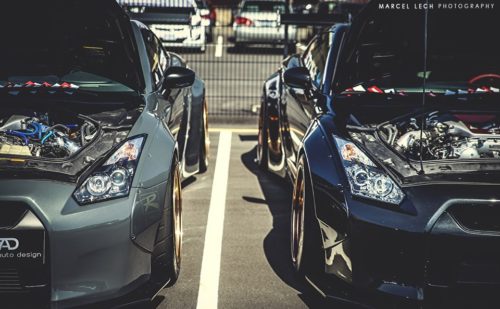






Comments